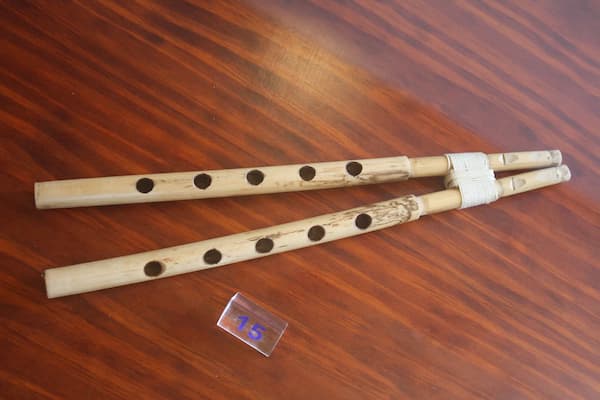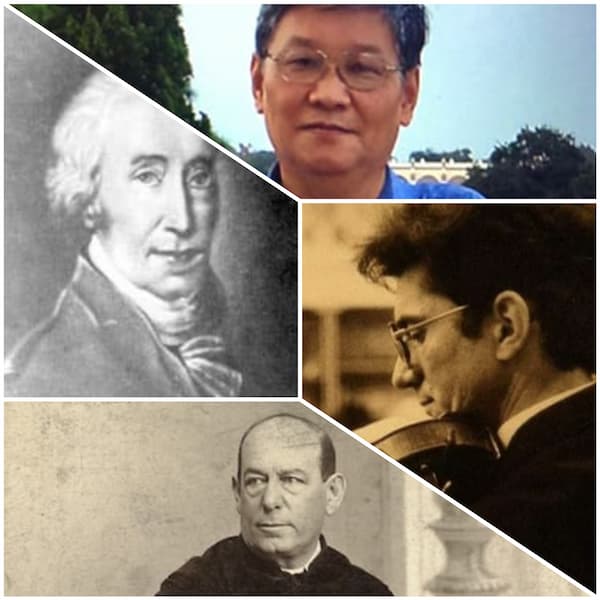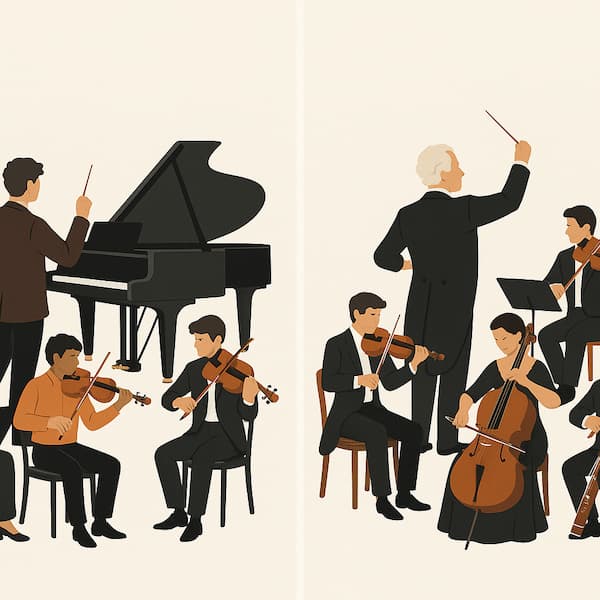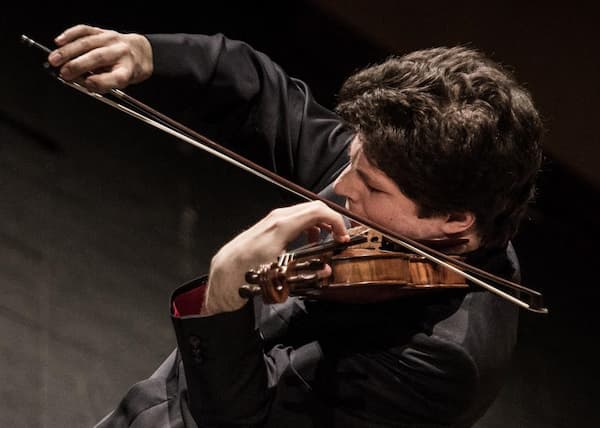The period of the 1960s in New York was a key moment in the history of American art. It was a unique space of time in the country’s history and one which had a lasting influence in Europe too. One could even argue that this period finally saw something truly original and unique to the culture of the American 20th century, something which was not reproducing the European past but truly advancing the cause of art. During these years, music and painting became immensely tied, and each influenced the other. Painters and musicians met, lived together and created together. The New York School, as it is now known, did not only centre around music and painting; there were poets, writers and dancers too. Eventually, the movement grew to become a unique creative wave which would change the face of art history.
Morton Feldman – Rothko Chapel (1971)
New York in the 1960s became a magnet for artists of all kinds, and thanks to its immigration of cultures, they became exposed to the ideas of East Asia, India, Africa and South America; as well as their native countries. This all together created an explosion of ideas which is reflected in their own art. Cage, for instance, met the ideas of Japanese zen Buddhism, and this changed his music forever. From the group of composers of Cage, Feldman, Browne, and Wolff came out a collective of interdisciplinary artists who called themselves the Fluxus group. Cage’s ideas and practices were the most important influence on the ethos of the group; after attending courses on Buddhism, Cage taught a series of classes in experimental composition, and this led to many new ideas and practices. A lot of the concepts of Fluxus are based on a simplistic DIY aesthetic, putting the artist at the centre of the creative practice — rather than the market — and rejecting commercialism, ideas which resonate with the Dada movement. Performance art became more and more central to these meetings, and it is thanks to the influence of Ono — whose relationships with Ichiyanagi and Lennon would have an effect on her own approach — that performance art grew bigger in the avant-garde world.
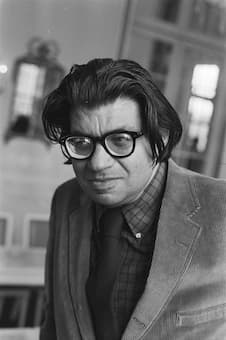
Morton Feldman (1976)
Perhaps one of the most famous examples of the meeting of music and painting is through Rothko and Feldman. The Rothko Chapel — located in Houston, Texas and sadly to definitely close soon — led composer Feldman to write his own piece inspired by the chapel. The meeting of these two worlds is no surprise at all, in fact, a little earlier in Europe, Kandinsky was working closely with Schoenberg, and Mondrian’s approach to art was hugely influenced by music.
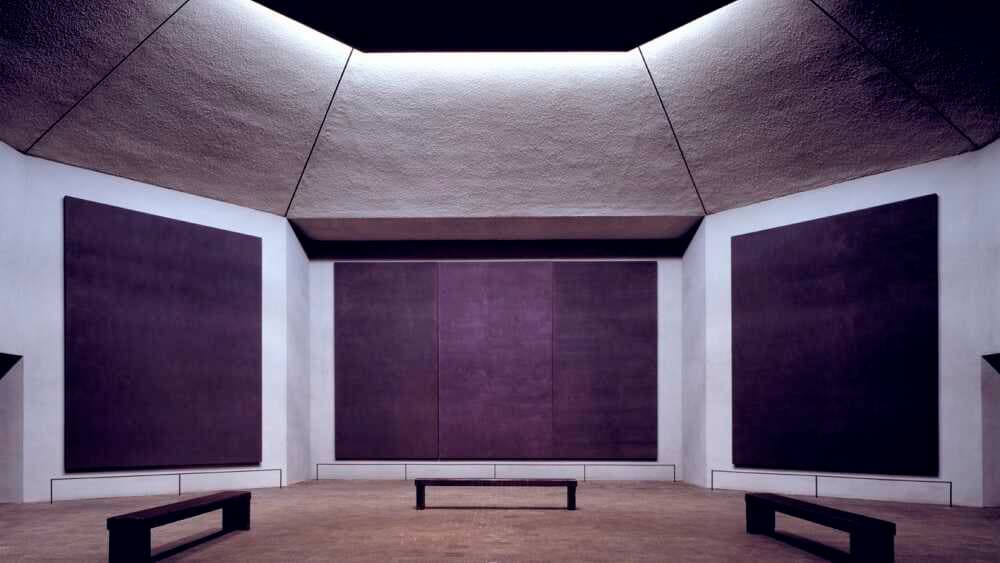
Inside Rothko Chapel © media.npr.org
This article has focused mainly on music and painting, but it is worth noting that New York has been another great driver for collaborations between music and theatre, music and dance and even music and literature. The nature and structure of the city have led to it being a melting pot of nations and cultures. It was during that time that New York entered the small group of buzzing cities, such as Florence, Vienna, Paris, or London, had been in the past.
Yoko Ono Screaming at Art Show!
Next to its founding fathers in Europe, the known history of the United States seems quite short. When it comes to its culture, it has always been looked down upon by its older siblings as lacking in content. However, it is thanks to these capsules of time such as the one of the 1960s in New York, that the history of the country has developed so quickly, and is today not only immensely rich, but also a driver of inspiration for artists and musical movements around the world.
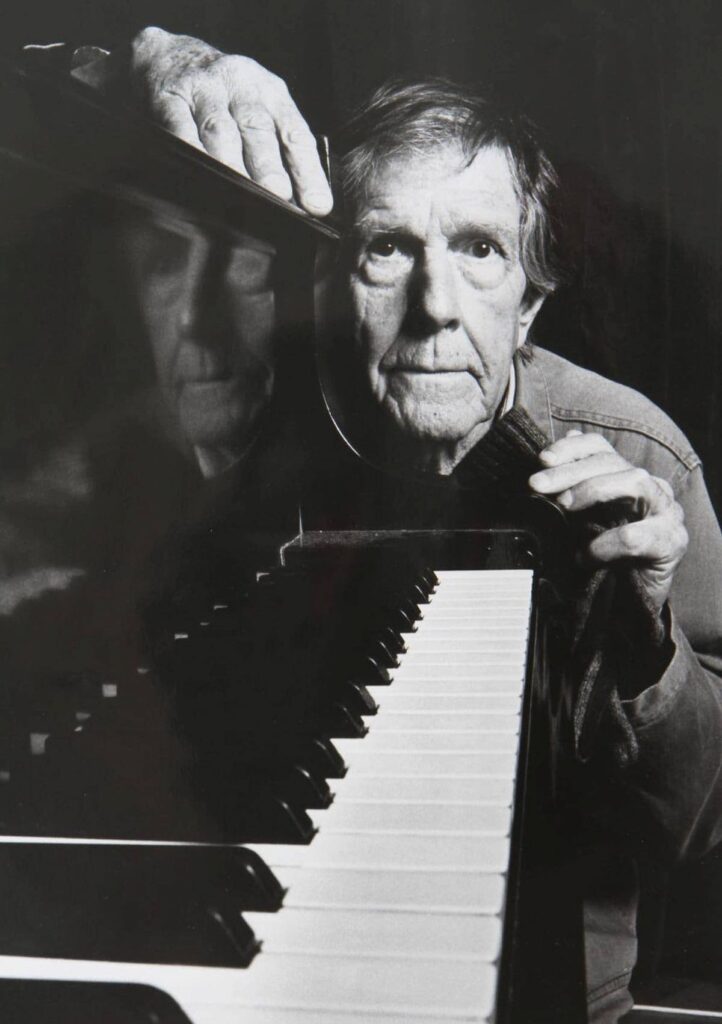
John Cage
We often associate impressionist painters with musicians, but this association never quite existed, and it is really in retrospect that the connection was made. This also applies to minimalist music, which never really connected with minimalism in painting — in that case, however, the association was intentional by all artists involved. The goal was to connect all the disciplines together, to influence them and grow from them.
For more of the best in classical music, sign up for our E-Newsletter

